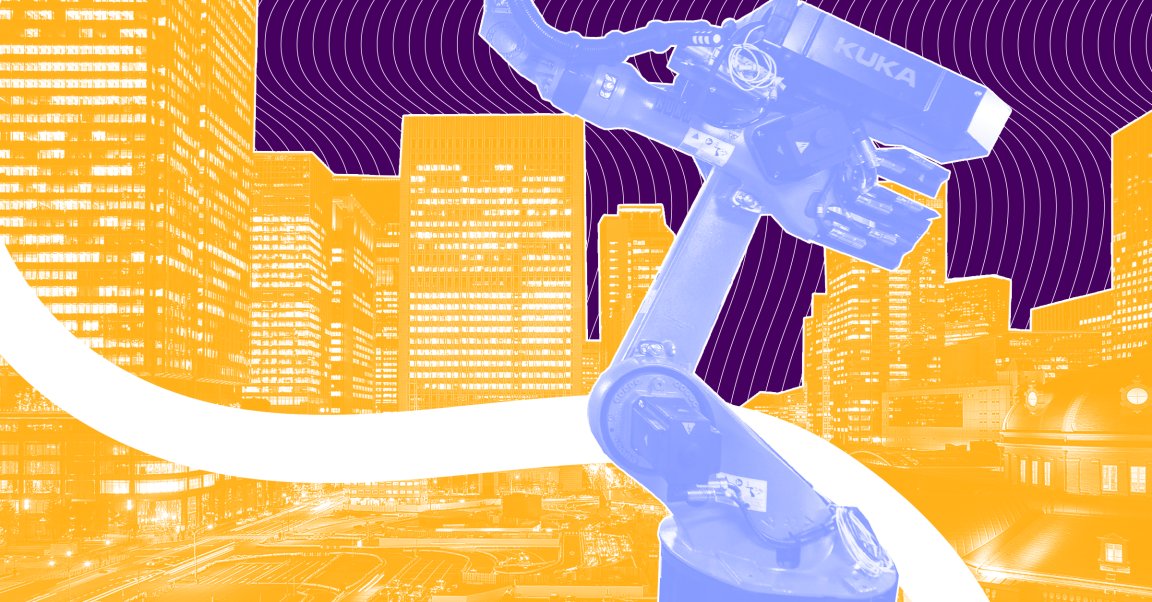
Japanese companies are facing a workforce automation problem. It’s not the kind you normally hear about, though — workers aren’t afraid they’ll lose their jobs to machines. Instead, the companies need to engineer robots to replace the droves of Japanese workers approaching retirement age.
Right now, over a quarter of the Japanese population is over the age of 65, and that number is expected to jump to 40 percent over the next 40 years. That’s bad news for industries that will need to replace those retiring workers, especially for industries like construction for which automation hasn’t caught on as quickly.
Some companies are working to develop new robots to aid in high-rise construction. Many have been developed, but few deployed. One, Shimizu, is about to test its newly-developed robotic welder, carrier, and all-purpose lifting tool.
It’s not been easy to get this far, and the robots are still nowhere near perfect, according to an article in Bloomberg Technology. The problem is that working on a building requires people or robots to actually, you know, move around within the building. In spite of improvements in autonomous machinery, engineers haven’t quite figured out how to make a robot that can do meaningful construction work while being able to move as they need to on a construction site.
But Japan’s construction industry needs these bots, like, now. When an industry is automated, workers are often displaced. But now, those employees are leaving either way, and the tech needed to fill in the gaps might not be ready.
Experts suspect robots can take over some of the welding, shipping, and basic tasks involved in constructing a new high rise. But even then, robot labor will only make up about 1 percent of each project, based on current technology.
Construction bots, which include assembly robots (the kind that work in factories) as well as autonomous, self-navigating vehicles like forklifts, will mainly work night and weekend shifts. Because the technology is so new, current workers would feel more comfortable not working in the same space, for safety purposes. This is required of autonomous vehicles on construction sites but will also be the case for assembly bots used in construction.
The robot revolution is still off in the distance, but for the sake of Japan’s future constructions, maybe we should hope it comes around a bit sooner.